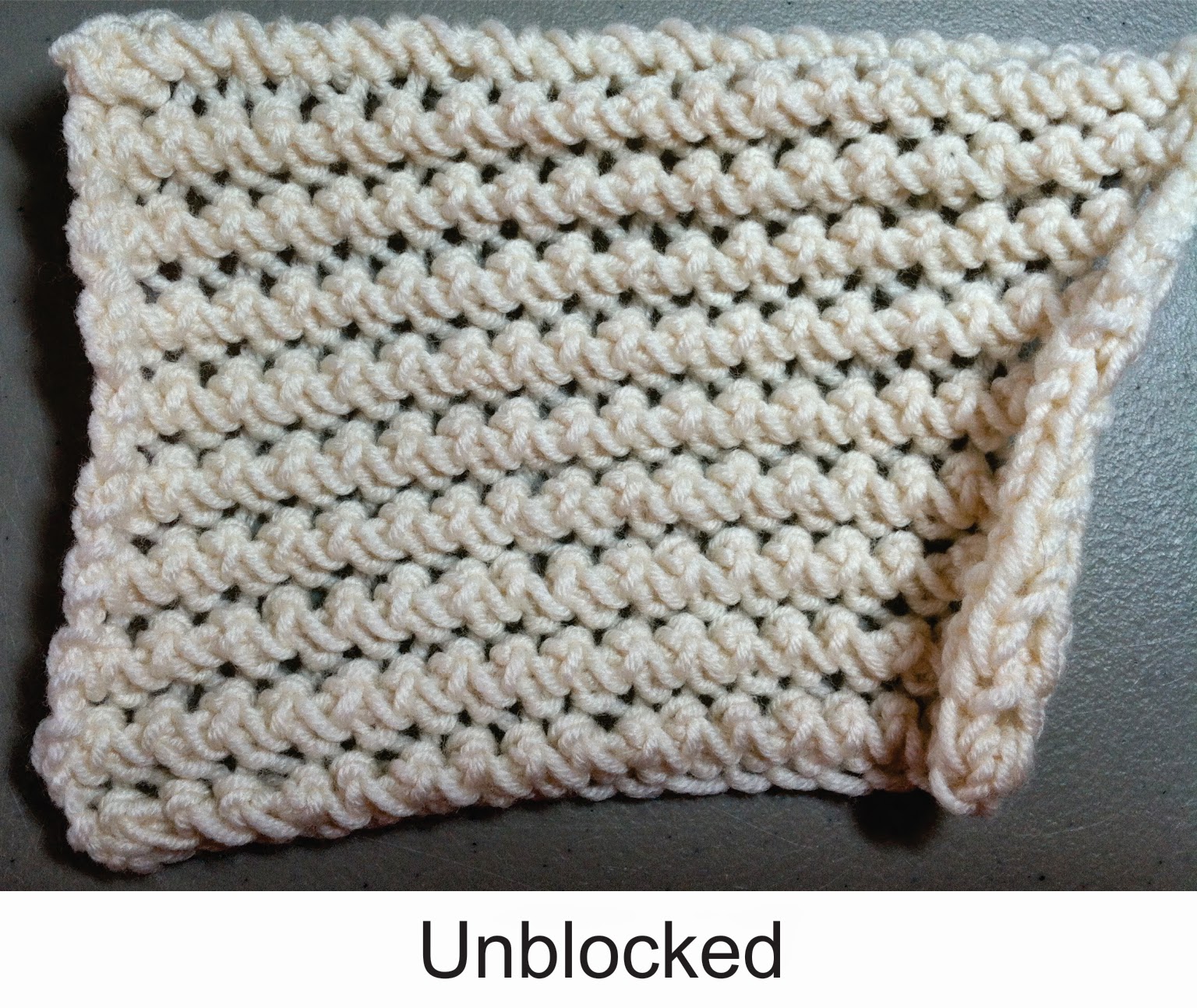This was an insight that should have occurred weeks ago, but only came recently: a provisional cast-on (PCO) would be an excellent way to achieve a really stretchy beginning for the crimped stitches! When the item is done, the PCO can be removed and the resulting loops bound off at the same tension as the stitches at the end. They have to be bound off, or your project might start unraveling from the beginning up.
But would it really? It turns out that k1, p1 ribbing cannot be unraveled from the beginning, so by substituting that for the first row of your pattern, you can just take out the waste yarn and that's that!
It gets better, though. This method forms cute little picots along the beginning edge.
There are a number of ways to do a PCO. I prefer the crochet chain method as it is very stable. Choose a waste yarn that is smooth and a good contrast with your project yarn. A word of warning, though: if your project yarn is light in color, don't pick too dark a waste yarn. Even a smooth yarn can leave a bit of lint and red lint on a white project . . . not so nice.
Start by crocheting a chain in waste yarn with a hook that will produce stitches large enough to get your needle through. You'll need one chain for each cast-on stitch plus a few extra since the occasional chain may not be obvious when you go to pick up in it. Cut the waste yarn and pull the tail through the last chain to secure it.
 Look for the back of the chain. (It's the side that doesn't look like a chain.) The bumps you see are the backs of the stitches. They will be oriented differently depending on whether you're holding the final chain to the right or the left.
Look for the back of the chain. (It's the side that doesn't look like a chain.) The bumps you see are the backs of the stitches. They will be oriented differently depending on whether you're holding the final chain to the right or the left.Pick up the needed number of sts in the backs of the chains as per the diagram. Work Row 1 (RS) in k1, p1 ribbing. It doesn't matter which st you start and end with.
Continue with Row 2 and the rest of the pattern stitch. Obviously, on subsequent repeats Row 1 will be as normal.
When you do the crimping row, make sure you go into the stitches as shown; don't go into the waste yarn chains. The heads of the stitches that appear as purls will be much closer to the waste yarn and it is easy to miss the stitches themselves.
Remove the waste yarn. If you've picked up the stitches correctly, you can just undo the last chain and quickly take it out. If not, you will have to work stitch by stitch. (It's usually a combination of the two.) In either case, be a little bit gentle so that the picots are not distorted.
Finally, block the piece. Wet and stretch it well. Pin the picots individually. Allow it to dry.
I did try this method on an extremely small seed stitch swatch without the crimping. It does form picots but not as prominent or nicely shaped. It's an idea worth pursuing on seed stitch, moss stitch, or, of course, k1, p1 ribbing, but I'm not going to go down that path right now. If anyone does try it, though, please let us know how it works out.
Until next time . . .


















































